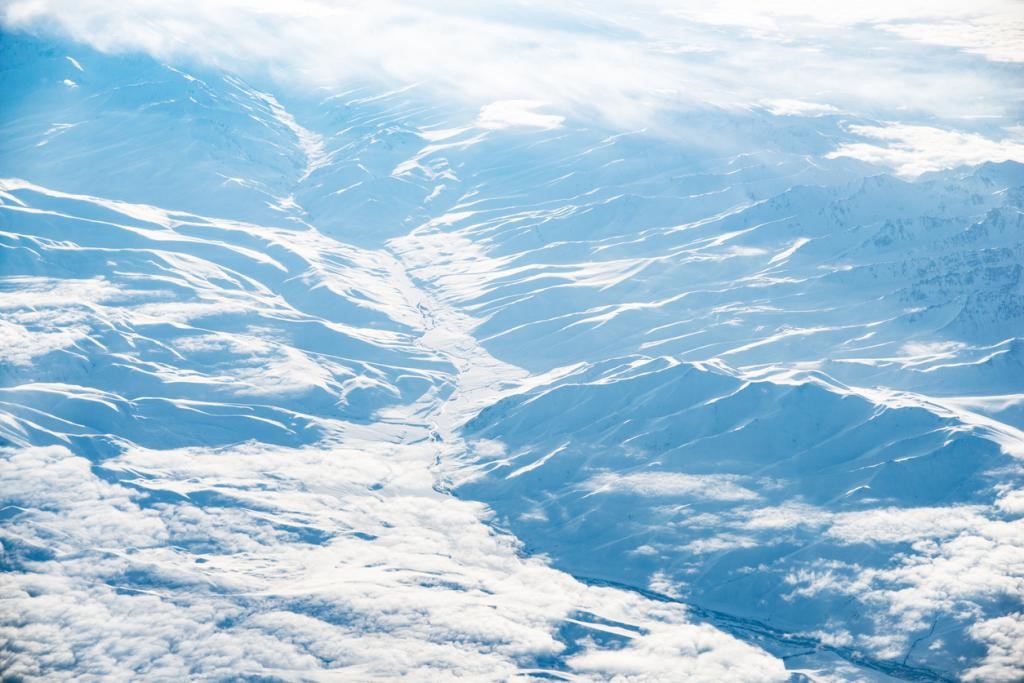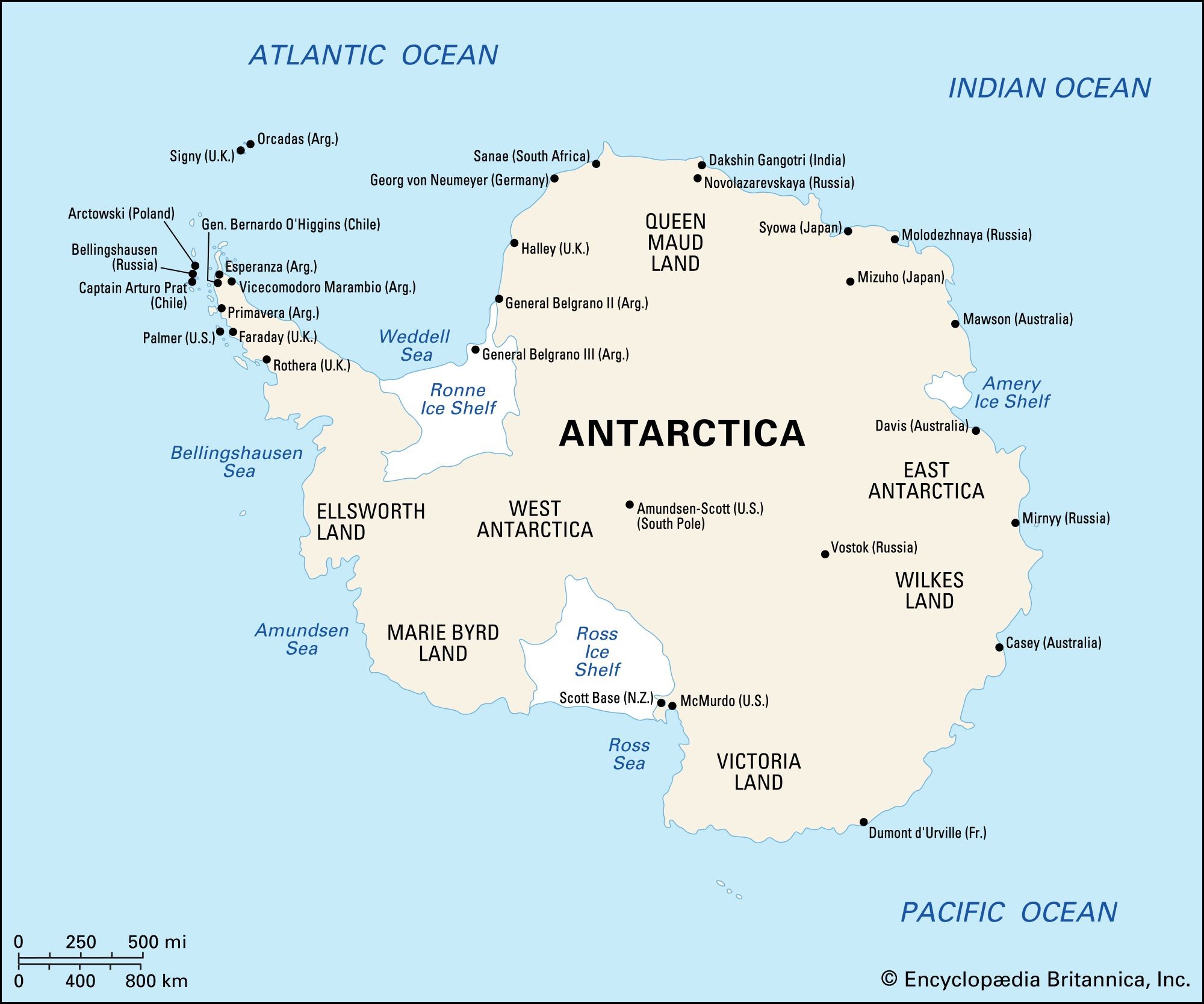Description

Disclaimer: Copyright infringement not intended.
Context
- As of date, Antarctica's sea ice extent reached a historic low of about 14.2 million square kilometers, significantly below the normal extent of 16.7 million square kilometers for this time of year.
- The sea ice cover in Antarctica has deviated by over six standard deviations, indicating a highly anomalous event.
Highlights
Causes of Reduced Sea Ice Extent
- Impact of High Temperatures in the Northern Hemisphere: Correlation with northern hemisphere temperatures: The northern hemisphere's warming has repercussions for Antarctica's climate, leading to the reduction in sea ice cover.
- Influence of warm air from the north: The transportation of warm air from the northern regions to Antarctica is contributing to the low ice condition.
- Southern Ocean and Climate Change: The Southern Ocean encircling Antarctica normally freezes to form sea ice during peak winter (September or early October) and melts during summer (December to February).
Alarming trend
- From 2015 onwards, there has been a significant drop in winter sea ice extent, compared to record highs observed in the years 2012 to 2014.
Implications and Climate Concerns
Environmental Impact
- Impact on marine life: The record low sea ice extent poses potential threats to marine life accustomed to colder temperatures.
- Feedback loop: Reduced sea ice leads to a warmer ocean surface, causing further ice melt and potential disruption to ecosystems.
Glacial and Ice Shelf Stability
- Melting of glaciers and ice shelves: Warmer ocean waters can accelerate the melting and thinning of glaciers and ice shelves that extend over the ocean.
- Destabilization risk: As floating ice shelves disintegrate, glaciers may break up, leading to increased ice flow into the ocean and further sea level rise.
Rising Global Sea Levels
- Existing sea level rise: The global mean sea level has already increased by 21-24 centimeters since 1880, according to the National Aeronautics and Space Administration (NASA).
- Potential for further rise: Continued loss of ice from Antarctica could exacerbate the sea level rise, impacting coastal areas and human settlements worldwide.

Conclusion
- Urgent need for action: The unprecedented decrease in Antarctica's sea ice extent highlights the importance of addressing climate change on a global scale.
- Environmental implications: The warming of Antarctica's climate and its consequences for the ecosystem necessitate attention and measures to mitigate further damage.
- Climate change mitigation and adaptation: Sustainable practices, international cooperation, and policy interventions are crucial in combatting the challenges posed by global warming and its effects on the polar regions.
Antarctica
Location and Size
- Antarctica is the southernmost continent on Earth, situated entirely within the Antarctic Circle.
- It covers an area of approximately 14 million square kilometers (5.4 million square miles), making it the fifth-largest continent.
Climate
- Antarctica is the coldest place on Earth, with average temperatures ranging from about -60°C (-76°F) in winter to -20°C (-4°F) in summer.
- It is considered a polar desert, with very little precipitation. The interior receives less than 50 millimeters (2 inches) of snowfall annually.
Ice Sheet and Ice Volume
- Antarctica contains about 70% of the world's freshwater ice, with an estimated volume of around 26.5 million cubic kilometers (6.4 million cubic miles).
- The Antarctic ice sheet averages about 2,100 meters (7,000 feet) in thickness, but in some areas, it can be as thick as 4,776 meters (15,670 feet).
Research Stations
- Multiple countries operate scientific research stations on the continent, conducting studies on various disciplines, including climate, geology, biology, and astronomy.
- The number of research stations fluctuates throughout the year, with a peak population during the summer months.
Flora and Fauna
- Due to its extreme cold and isolation, Antarctica has limited biodiversity. Few plants, such as mosses and lichens, can survive in its coastal regions.
- The surrounding Southern Ocean, however, is rich in marine life, including various species of fish, krill, seals, and several types of penguins.
Antarctic Treaty System
- Antarctica is governed by the Antarctic Treaty System, which came into effect in 1961. It designates the continent as a scientific preserve and prohibits military activities, mineral mining, and nuclear testing.
- The treaty has been signed by 54 countries, ensuring that Antarctica is used exclusively for peaceful and scientific purposes.
Ozone Hole
- Antarctica is famously associated with the annual depletion of the ozone layer during the Southern Hemisphere's spring (September to November).
- The "ozone hole" is caused by the release of human-made chlorofluorocarbons (CFCs) and other ozone-depleting substances, leading to significant environmental concerns.
Inaccessibility
- Antarctica is one of the most remote and difficult-to-access places on Earth. Harsh weather conditions and the presence of icebergs and pack ice make navigation challenging.
- Only a few vessels, including icebreakers, can access certain areas, and air travel is limited to specific research bases and runways.

|
PRACTICE QUESTION
Q. Explain the causes and consequences of Antarctica's lowest sea ice extent ever recorded, and suggest measures to mitigate the challenges posed by climate change in polar regions. (150 Words)
|

https://www.downtoearth.org.in/news/climate-change/antarctica-s-sea-ice-is-at-its-lowest-extent-ever-recorded-90833
















